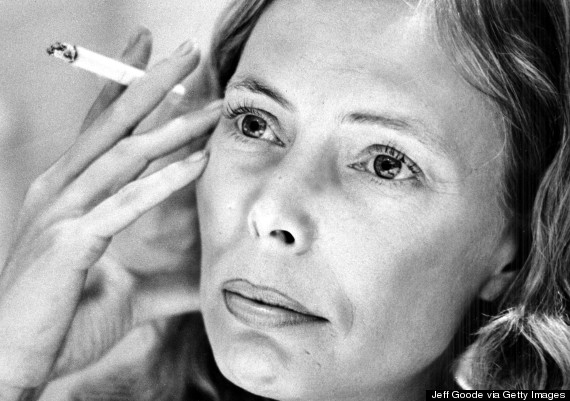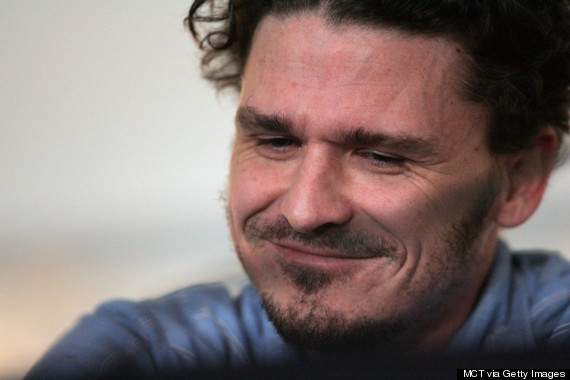The Power of Hobbies

Children naturally love to play and explore and use their imaginations -- but as adults, we often get so sucked into work and the demands of daily life that hobbies and creative outlets completely fall by the wayside. When you ask the average working adult what their hobbies are, there's a good chance they'll say "none." But in forgoing hobbies and personal creative projects, we may be doing ourselves a major disservice.
"Finding time for ourselves is key to our own sanity," Joyce E. A. Russell writes in a "Career Coach" article in the Washington Post. "It can actually improve all the other aspects of our lives. Having a hobby may be even more important to people who lead very full and busy lives."
Creative hobbies or side projects -- whether it's gardening, journaling, taking up a new instrument, or experimenting with French cooking -- can help us to tap into a sense of play and boost our powers of creative thinking. And regardless of whether your day job is creatively fulfilling or not, a creative side hobby that's fun but challenging can be beneficial in a number of ways.
Having an outside-work hobby you enjoy (and that also challenges you and keeps you feeling engaged) can relieve stress and give you a new way of thinking -- and it's a good reminder that work isn't everything. Some of your best ideas for a new business plan may not come while you're sitting in front of the computer with the cursor blinking, but instead when you're in a completely different headspace while engaging in a fun creative activity.
A creative side project could one day even turn into your full-time job or a project that you share with others. Enterpreneur Gaurabh Mathure, an adjunct professor at the School of Visual Arts in New York City, turned a fun hobby into fulfilling work withthinksketch.com, a digital collection of his note-takings and journalings to share with others in creative industries.
"As we get sucked more and more into our day to day jobs and chores, it is highly important to find creative outlets that keep your creativity alive and kicking," Mathure wrote in a Medium blog post. Mathure has also said that his creative side project helped him to restore a sense of wonder to his day job.
Here are five successful people who demonstrate the value of creative side projects.
Alan Rusbridger

In his book, Play It Again: An Amateur Against The Impossible, Guardian Editor-in-Chief Alan Rusbridger discusses the tumultuous events that took place at the Guardian under his leadership. But more importantly, Rusbridger talks about his ritual of playing the piano for 20 minutes each morning in order to teach himself how to play one of the most difficult pieces out there: Chopin’s Ballade No. 1 in G minor. Despite the constant demands of his "never off-duty" job, Rusbridger still found time for what was truly important to him.
“I get up half an hour earlier," Rusbridger wrote of his morning routine. "I fit in ten minutes of yoga listening to the Today programme –- not exactly meditative. Then breakfast and the papers with more Today programme all at the same time. Then I slip upstairs to the sitting room to play before driving into work.”
Joni Mitchell.

Singer-songwriter Joni Mitchell wasn't only musically and lyrically talented; she also enjoyed painting as a side project. In fact, her visual art was so important to her that it's hardly accurate to call it a hobby. Mitchell painted for years, and is well-known for her Van Gogh-inspired self-portraits, one of which appeared on the cover of her album Turbulent Indigo.
After Mitchell stopped touring, she began devoting more time to her painting. And as she explained to an audience while on tour before performing her hit song "The Circle Game," visual and performing arts are completely different mediums -- and becoming adept at one may have strengthened and given her new perspective on the other.
“There's one thing that's always been a difference between the performing arts, and being a painter," said Mitchell. "A painter does a painting, and he paints it, and that's it, you know. He has the joy of creating it, it hangs on a wall, and somebody buys it, and maybe somebody buys it again, or maybe nobody buys it and it sits up in a loft somewhere until he dies. But he never... nobody ever said to Van Gogh, 'Paint a Starry Night again, man!' You know? He painted it and that was it.”
Steve Jobs.

During his college years, Steve Jobs picked up an unusual hobby that inspired much of his later success: Calligraphy. Jobs studied the ancient art of penmanship with a former Trappist monk Robert Palladino.
"Throughout the campus every poster, every label on every drawer, was beautifully hand calligraphed," Jobs recalled of Reed College during his 2005 Stanford commencement speech. "I learned about serif and sans serif typefaces, about varying the amount of space between different letter combinations, about what makes great typography great. It was beautiful, historical, artistically subtle in a way that science can’t capture."
A couple years later, when Jobs was working on computers out of his parents' garage, he returned to Reed to consult with Palladino about Greek letters, according to the Hollywood Reporter.
Phil Libin
Like Rusbridger, Evernote CEO Phil Libin makes time in his day for music. Libin spends an hour each day playing his acoustic grand piano and teaching himself music theory and new songs, and he says that the hobby has helped to expand his thinking.
"When you learn a new skill, you learn new patterns," Libin wrote in Inc. "And then you start seeing these patterns interwoven into the familiar world. The impenetrable becomes less so. Things you always knew, you now know better."
Dave Eggers.

Writer and novelist Dave Eggers took a foray into the business world with a stint and book and magazine publishing. Eggers founded McSweeney's, a San Francisco-based independent publishing company, a quarterly literary review of new writing by the same name, and the monthly magazine The Believer.
Eggers has been working on McSweeney's literary review (which he's referred to as a sort of "land of misfit writings") since the late '90s, before he wrote his mega-bestseller A Heartbreaking Work Of Staggering Genius, and in the years since, McSweeney's has become an important name in independent publishing. Though the project isn't a money-making one for Eggers, it's brought him a great deal of satisfaction and personal fulfillment throughout his career.
"I think our scope has become more and more expansive every year, from being a more experimental journal to one that embraces any great writing," Eggers told NPR last year. "We're an operation that has never made a profit, but at least we exist, and to exist as a literary journal for 15 years, we feel incredibly lucky."
This article is reprinted here with permission. More from the Huffington Post Good News Channel:
We Need Schools ... Not Factories
SHARE YOUR REFLECTION
3 Past Reflections


On Aug 19, 2014 numen wrote:
I forgot to add….that this is so much a problem that even women tend to see it this way, siting more men than women…Just like so many tend to refer to "God" as a male. Something very unbalanced about these cultural biases.

On Aug 19, 2014 numen wrote:
One woman, four men…seems biased! Why is it that most men tend to report on accomplishments and successes, primarily or even exclusively, of men. When I challenge them on this, they report they hadn't even noticed that. Of course, that's part of the problem! We don't see what we're not looking for or don't want to see/acknowledge.

On Aug 20, 2014 Johnny MoonOwl wrote:
Yes - we claim to be "pro-life" but fail to show respect to the sacred life givers, don't we?
Post Your Reply